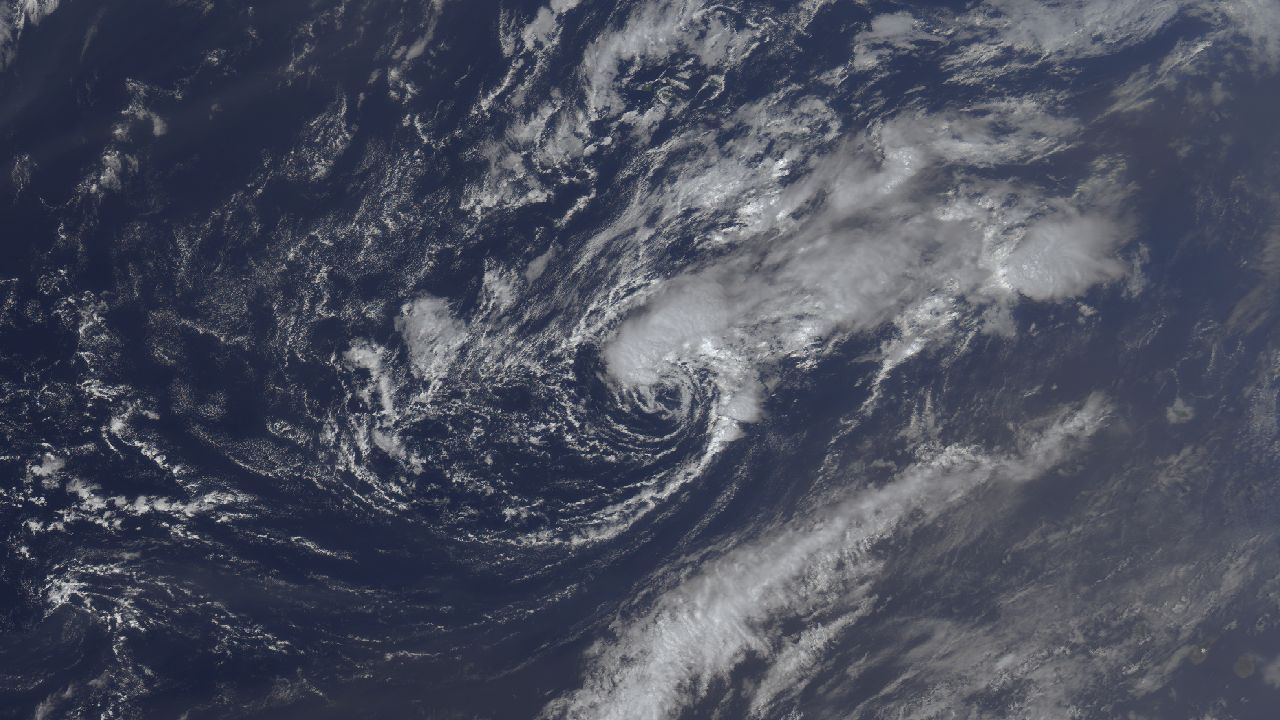Remember Hurricane Paulette? It’s back from the dead, and it’s not called Tropical Storm Gamma.
The system originally called Paulette continued to speed to the northeast through the North Atlantic as a post-tropical low pressure system. It then veered south and slid past the Azores and is now in the open waters of the east-central Atlantic.
Now Paulette is back, even though it hasn’t had a name in nearly a week and three storms have formed since then. So why isn’t it Gamma, the next name in the Greek alphabet?
When a tropical cyclone in the Atlantic becomes post-tropical - its inner core isn’t warm anymore - it may still have a well-defined circulation. That’s pretty common for ones that move into the North Atlantic. In fact, the disturbance can stay quite strong even after transitioning.
That means we were able to track Paulette’s circulation this entire time.
Its return from tropical death isn’t unheard of. Beryl did the same in 2018, as did Nadine in 2012.
2004’s Ivan also was a zombie storm, although it wasn’t as obvious. Meteorologists at the National Hurricane Center had "considerable and sometimes animated in-house discussion" about whether the tropical depression that formed over the Gulf of Mexico on September 22 that year could be traced back to Ivan.
Like many rules, there is an exception to this one, as well. If a tropical cyclone in the Pacific Ocean dissipates and then re-emerges in the Atlantic Ocean (or vice versa), it doesn’t keep its name. On the other hand, if it can fully survive going from one basin to another, it’ll retain its name, as Otto did in 2016.
This year alone has two cases of tropical remains crossing from one basin to another. In June, the remains of Amanda in the Pacific became Cristobal in the Atlantic. In August, the leftover swirl of the Atlantic’s Nana developed into the Pacific’s Julio.



